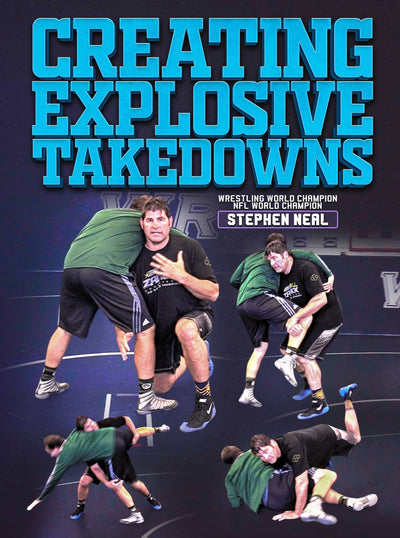PASSIVITY WRESTLING
Passivity wrestling refers to a concept present in various wrestling styles where a lack of action or aggressiveness can lead to penalties or warnings for the inactive wrestler. This emphasis on staying active and engaged throughout the match ensures dynamic and competitive bouts. In this article, we will explore passivity wrestling and its relation to judo for wrestling, Olympic wrestling styles, attack style wrestling, total force wrestling, and pro wrestling styles.
What this article covers:
- Judo for Wrestling: Utilizing Continuous Action
- Olympic Wrestling Styles: Avoiding Passivity Warnings
- Attack Style Wrestling: Continuous Offensive Pressure
- Total Force Wrestling: Encouraging Versatility and Creativity
- Pro Wrestling Styles: Entertaining Audiences with Action-Packed Matches
1. Judo for Wrestling: Utilizing Continuous Action:
Judo, with its focus on throws, takedowns, and ground grappling, emphasizes the importance of continuous action. Wrestlers with a judo background understand the value of staying active and initiating offensive maneuvers throughout the match. Their expertise in exploiting openings and maintaining constant movement adds dynamism to passivity wrestling situations.
Get the best wrestling resources on the planet at FanaticWrestling.com!

2. Olympic Wrestling Styles: Avoiding Passivity Warnings:
Both freestyle and Greco-Roman wrestling have rules in place to discourage passivity. Wrestlers must consistently engage in active competition and seek opportunities to score points through takedowns, throws, and other offensive moves. In Olympic wrestling, avoiding passivity warnings becomes crucial in maintaining control over the match's tempo and outcome.
3. Attack Style Wrestling: Continuous Offensive Pressure:
Attack style wrestling aligns perfectly with the principles of passivity wrestling. Attack-style wrestlers constantly apply offensive pressure, seeking to dominate their opponents through relentless attacks. By maintaining a high pace and consistently initiating offensive maneuvers, they can prevent passivity warnings and take control of the match.
4. Total Force Wrestling: Encouraging Versatility and Creativity:
Total Force wrestling, which integrates various martial arts techniques, including wrestling and judo, encourages adaptability and creativity in the ring. Wrestlers with a background in Total Force wrestling have a diverse skill set, enabling them to stay active and innovative, avoiding passivity warnings and maintaining an edge over their opponents.
5. Pro Wrestling Styles: Entertaining Audiences with Action-Packed Matches:
In professional wrestling, engaging the audience with exciting and action-packed matches is paramount. Wrestlers often employ continuous movement and dynamic maneuvers to entertain fans and avoid appearing passive. This pro wrestling style approach aligns with the concept of passivity wrestling, ensuring that matches remain entertaining and engaging for spectators.
In conclusion, passivity wrestling emphasizes the importance of constant action and aggression in various wrestling styles. Wrestlers with backgrounds in judo for wrestling understand the value of continuous movement and offensive pressure. Olympic wrestling styles enforce the avoidance of passivity warnings, rewarding active and assertive wrestling. Attack style wrestling and Total Force wrestling both thrive on the principles of passivity wrestling, with their emphasis on continuous offense and versatility. Even in the world of pro wrestling styles, the need to entertain and engage the audience ensures that passivity is discouraged. By embracing the concept of passivity wrestling, athletes can create exciting and captivating matches that showcase their skills, athleticism, and dedication to the sport.
Get the best wrestling resources on the planet at FanaticWrestling.com!

Did You Enjoy This Piece? Check out Other Wrestling Moves:
- Heavyweight Wrestling Tips
- King's Road Style Wrestling
- Rules for Folkstyle Wrestling
- Midget Wrestling
- Folkstyle Wrestling
- Huka Huka Wrestling
- Independent Wrestling
- Sambo Wrestling
- Strong Style Wrestling
- Crucifix Wrestling
- Technical Fall Wrestling
- Snapdown Wrestling
- Gut Wrench Wrestling
- Frog Splash Wrestling
- The Wrestling Leg Ride









